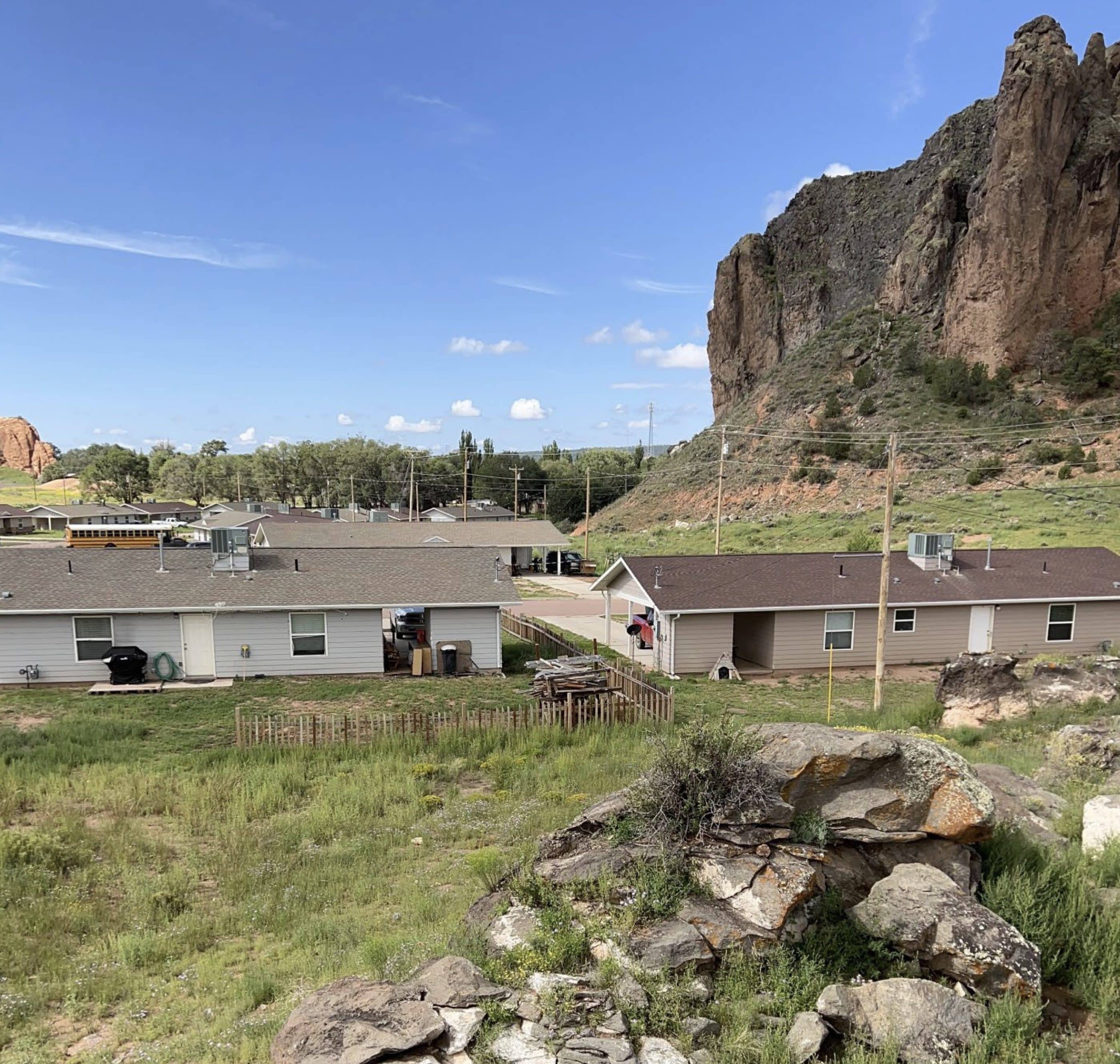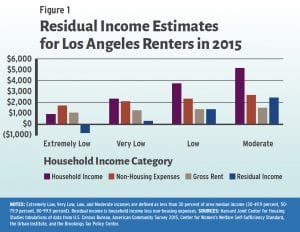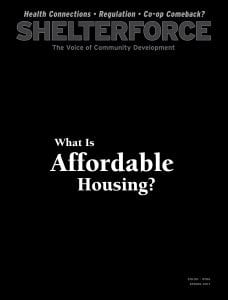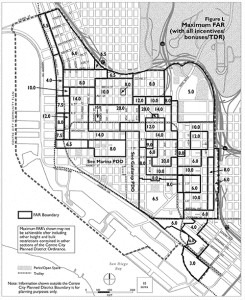Tag
affordable housing
Dedicated from the beginning to everyone working to empower and support low-income communities, Shelterforce provides a venue for conversations that need to be had—on topics such as housing affordability, homeownership, and lots more.
The Latest

These HUD Cuts Have Gotten Less Attention, But the Effects Will Still Be Harmful
Technical assistance might seem dull, but it’s vital for addressing the homelessness and housing crisis. And it's about to be a lot harder for federal grantees to get.
Search & Filter Within this Topic
filter by Content Type
filter by Date Range
search by Keyword

In Defense of the 30 Percent of Income to Housing Affordability Rule–In Some Cases
At an individual level, the 30 percent standard and the residual-income standard can produce very different results. But as a regional measure of affordability problems, they’re not so far apart.

Affordability: The 30 Percent Standard’s Blinders
Using a simple cost-to-income ratio to measure affordability doesn’t give us a good picture of who is really burdened by housing cost. We need a different approach.

How Should We Measure Housing Affordability?
The simplicity of the 30 percent standard is also its downfall. We don’t expect people of differing incomes or family sizes to pay the same percentage of their income in taxes—why would the same percentage work for housing costs?

Vision, Not Just Critique
In the Spring 2017 issue of Shelterforce, we talk about something that comes up daily for many people working in the community development field—what does housing affordability mean? Crafting practical policies to back up our vision requires that we be thoughtful about all of the pieces.

Regulation and Housing Supply: Where the Left & Right Agree (Sort Of)
We gathered some people who have done a lot of thinking and studying on regulation to discuss what it might look like to actually remove obstacles that get in the way of developing less expensive housing options responsibly. What’s possible? What are the trade-offs?

Making It Easier to Build Won’t Generate Affordable Units
It is often convenient to blame city planners for the affordable housing crisis. Sadly, this blame is often misguided because planners do not produce housing.

Keeping Your Artists Close to Home
New Orleans relies on its artists as a core part of its economy. What can be done when those artists can no longer afford to call the city home?

NIMBY, or Not? What’s Going on in New York City?
Housing policy practitioners outside of New York City are often surprised that our local struggles are, compared to other parts of the country, less likely to be dominated by NIMBY […]

The Danger of Middle-Income People Feeling the Affordability Crisis
The housing affordability crunch is being felt by ever more people. As this year's State of the Nation's Housing report found: While the share of renters facing cost burdens has […]

Think Scattered Site Rehab Is Too Expensive? Think Again.
Vacant properties are so persistent in part because it’s too expensive to do anything with them. At least that’s the assumption. It’s much simpler, goes this reasoning, and more cost-effective, to construct and manage a new multifamily building than to try to rehab and manage single-family homes spread over a wide area. But what if that’s just not true?

A New Paradigm for California Transit: Equity, Sustainability, and Housing
Across the country, inequity is a defining issue of our time, and in Los Angeles and the San Francisco Bay area, the examples are stark. According to the Brookings Institution, […]

A Non-Profit Housing Acquisition Program Could Protect The Displaced
In a recent post on my website, I wrote about the need for a new affordable housing policy—one that targets the 99 percent of housing already built and operating, rather […]
